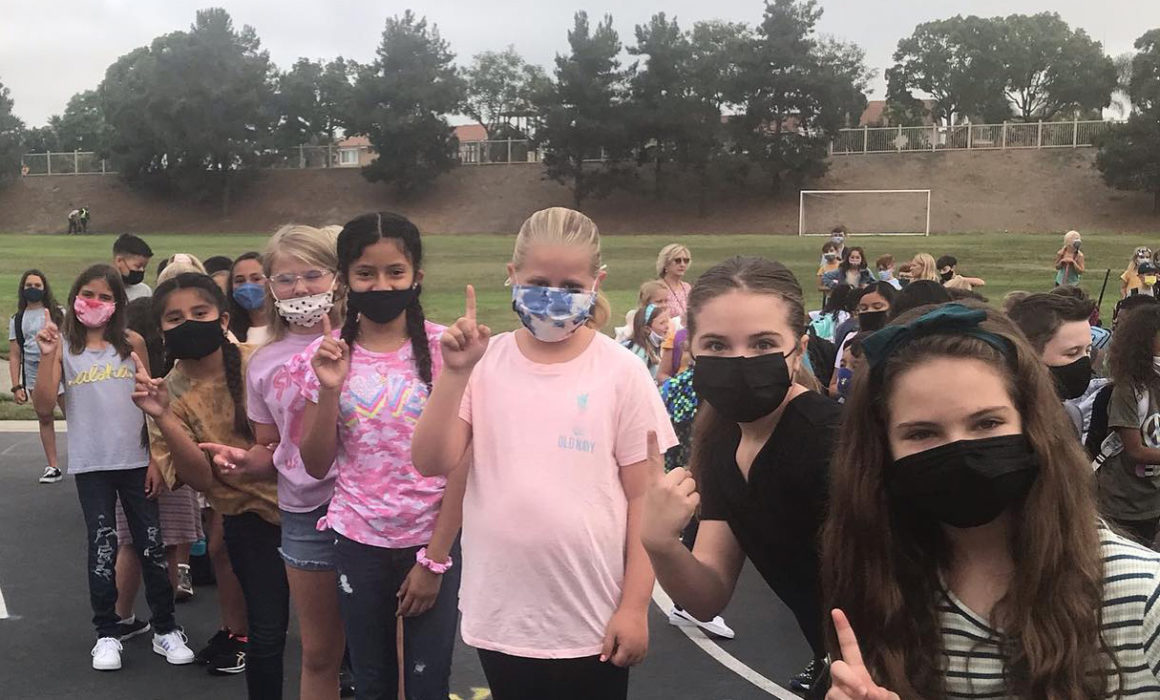
This was the year when things were supposed to return to normal — but it’s been anything but for schools in California.
California has the lowest COVID-19 rate in the U.S., thanks to a highly vaccinated population and mask mandates. But infections and exposures are having a big impact on some districts, say teachers. Educators are weary but meeting the challenges head-on, as chapters negotiate agreements to keep students and staff safe in these difficult times.
“We are constantly revising how the ship we’re sailing on is built, because of how COVID has spread,” says Lisa Bustillos, president of Brentwood Teachers Association in Contra Costa County. “We have had to quickly change course and constantly keep up with new regulations and ways to prevent the spread.
“We reached a memorandum of understanding with our district that provides significant protections for members by extending COVID sick days, COVID testing and contact tracing. The challenges are numerous.”
Manuel Bonilla, president of Fresno Teachers Association, says educators are overwhelmed in his district, where hundreds of students have tested positive.
“We recently asked our teachers to use one word to describe the way they’re feeling, and the overwhelming results were exhausted, tired and stressed,” Bonilla said during an interview shortly into the new school year on yourcentralvalley.com. “It’s an overlay of not only trying to do your best to provide for the educational needs of the students, but also trying to provide for the health and safety of those students.”
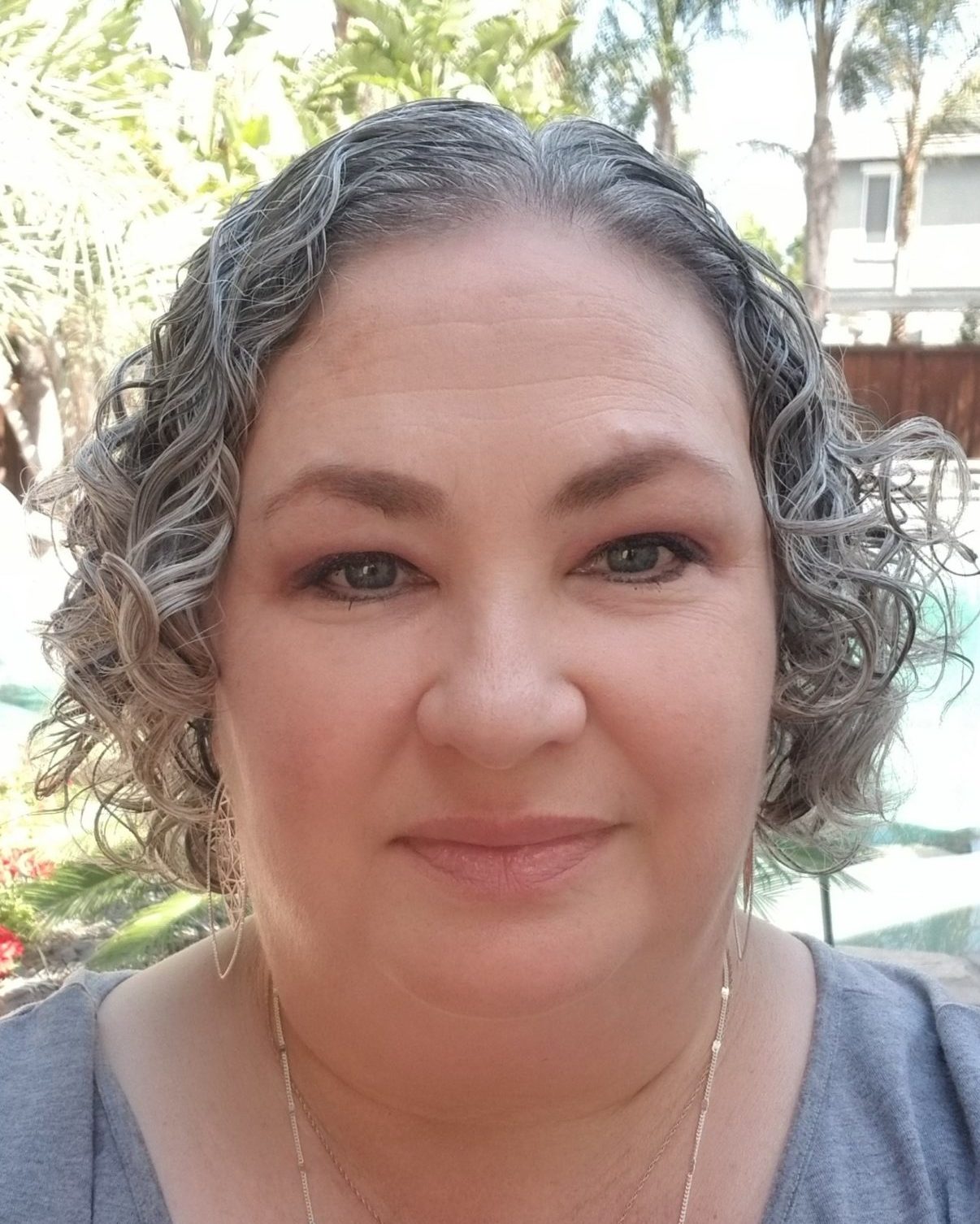
“We are constantly revising how the ship we’re sailing on is built, because of how COVID has spread.”
—Lisa Bustillos, president of Brentwood Teachers Association
Infections and quarantines take a toll
CTA members and news media report that districts with predominantly low-income students are experiencing higher numbers of infected or quarantining students.
Karen Rosa, president of the San Lorenzo Education Association in Alameda County, noticed an uptick in COVID cases and exposures in San Lorenzo. She thinks it’s due to community spread and demographics.
“I get daily email about sites that have positive COVID cases. At first it was one or two schools per day, but now it is five or six schools daily. I think the numbers are high because the community is low-income and students have parents who work in essential jobs.”
Other members mention how anti-mask and anti-vaccine groups may contribute to COVID cases.
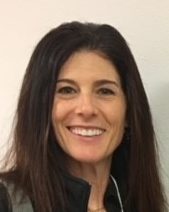
Joy Schnapper
“It seems as though most exposure starts in the community and then spreads through classrooms,” says Joy Schnapper, president of Capistrano Unified Education Association (CUEA). “I believe we have higher numbers due to the socioeconomics in some of our communities, but also due to the conservative nature of Southern Orange County, which has anti-mask and anti-vaccine groups.”
Students who have been exposed to the virus either are sent home to quarantine or undergo a “modified quarantine,” approved by the California Department of Public Health, which allows students exposed in school to remain in school if asymptomatic.
“However, students are usually at school during their infectious period, according to contact tracing,” observes Maripaz Berlin, president of Oak Grove Educators Association in San Jose, which has modified quarantine. “They test immediately and again around the fifth day. When a student is COVID-positive, it impacts the whole class, because the district considers everyone in the classroom ‘close contacts.’ ”
In San Lorenzo, the district has students quarantine only if they sit within 6 feet of a student who tested positive. “This is causing an uproar among the primary grade teachers, who say their students are impossible to keep apart during lunch, recess and class time,” says Rosa.
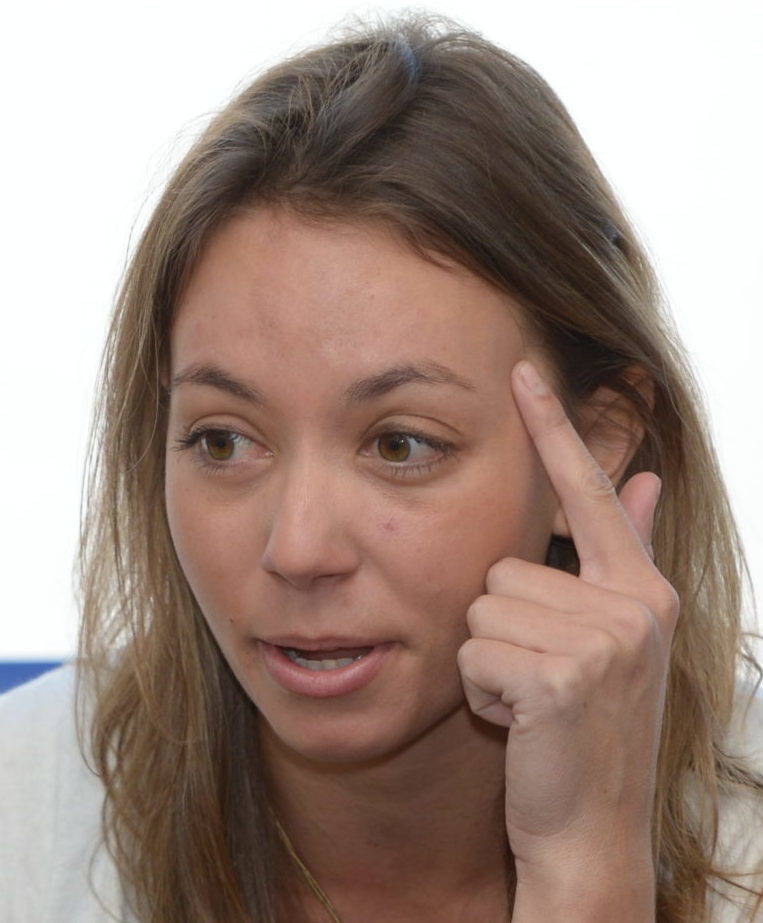
Marissa Glidden
In West Contra Costa Unified School District, teachers filed a complaint with Cal/OSHA when principals at two schools sent students “exhibiting symptoms” back to class after teachers dismissed them, rather than sending them home. The principals blamed the symptoms on allergies.
“Since school started, we’ve heard from teachers, parents and students about COVID issues (including six students staying in schools when they have COVID symptoms), lack of contact tracing, testing not happening at sites, and classrooms not being cleaned,” United Teachers of Richmond President Marissa Glidden said to KRON News about the complaint.

David Campbell
In wealthier communities where masking and vaccination rates are high, COVID has had less of an impact. For example, in the middle-class community of Brisbane in San Mateo County, only a handful of students have been impacted, says Monica Kibble, president of Brisbane Teachers Association. David Campbell, president of Mountain View-Los Altos District Teachers Association in an affluent area of Santa Clara County, describes a “minimal” COVID impact. Nonetheless, administrators continually push for in-person rallies and assemblies — and educators push back to keep infection rates low, says Campbell.
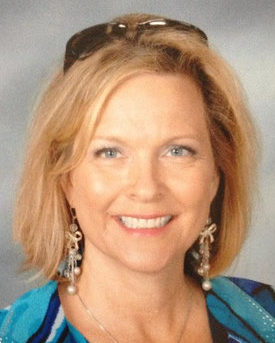
“I would describe the current school year as confusing and chaotic. The biggest challenges have been contact tracing and notifications when students test positive.”
—Kimberly Binning Chevlin, president of Murrieta Educators Association
Keeping quarantined students on track
Temisha Brame Carter, president of Centinela Valley Secondary Teachers Association in Los Angeles County, says teachers are scrambling to help quarantining students keep up academically.
“It’s been significant enough for educators to ask for suggestions to remedy how they might reteach content for students. Educators are working after school to offer support and/or reteach content. We are also attempting to have the normalcy of in-person instruction. Educators have found it challenging to support the volume of students quarantined.”
In Murrieta, teachers are providing independent study for quarantining students using the Canvas platform, says Kimberly Binning Chevlin, president of Murrieta Educators Association in Riverside County.
“At the elementary level, the district provided Canvas course titles for 10 days of schoolwork by grade level for teachers to assign when a student needs to be out due to quarantine or illness. At the secondary level, teachers are expected to place their lessons into Canvas and have some sort of work for the student to do during quarantine/illness.”
Capistrano is also among the districts using Canvas for absent students, says Schnapper, adding that teachers have said no to livestreaming their classrooms to students at home.
“CUEA will do whatever is in our power to prevent this from happening again. Our answer is to push these students to online instruction.”
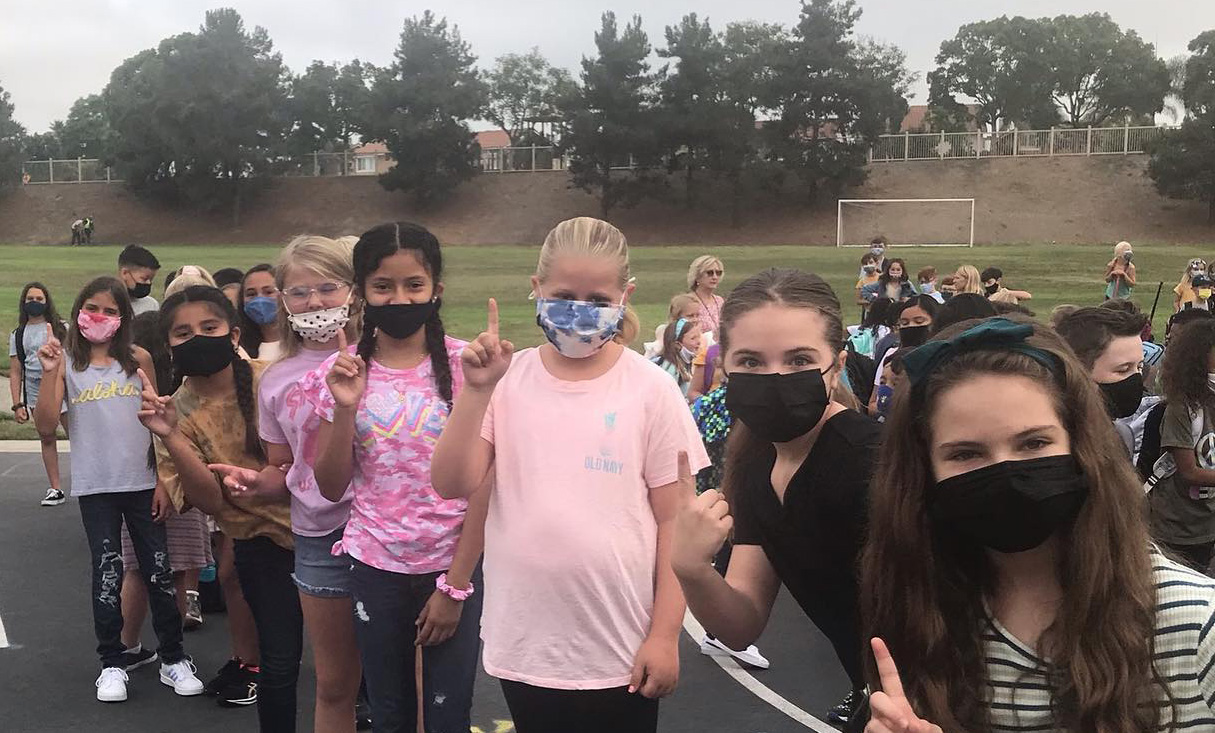
Students in Capistrano Unified School District, where a survey of parents found that few wanted to transfer their children from in-person to online learning. Other districts have found the opposite.
Testing, notification confusion
All students and employees of Los Angeles Unified School District have been required to take weekly coronavirus tests regardless of their vaccination status, and the district provides testing sites on school campuses. In other districts, testing is less convenient.
“Our district is currently trying to contract with an on-site testing company to make it easier for our students and families to test, instead of looking around and attempting to make appointments for tests in the community,” says Berlin in San Jose.
In San Diego Unified School District, student testing frequency seems to depend on socioeconomic factors.
“Schools with higher levels of poverty tested far fewer students than low-poverty schools,” asserts a Sept. 16 report by Voice of San Diego. “Schools in the most high-income areas in the district tested on average 99 students and staff members last week. Schools in the lowest-income areas tested more than three times less, just 30 on average.”
The biggest challenges for Murrieta are contact tracing and notifying teachers when a student in their class tests positive, says Binning Chevlin, adding that the situation has been exacerbated by a “great deal of infighting” between vaccinated and unvaccinated staff. “Employees are not aware of how to report an absence due to COVID symptoms. All along that spectrum, there is confusion as to how to report and when to report.”
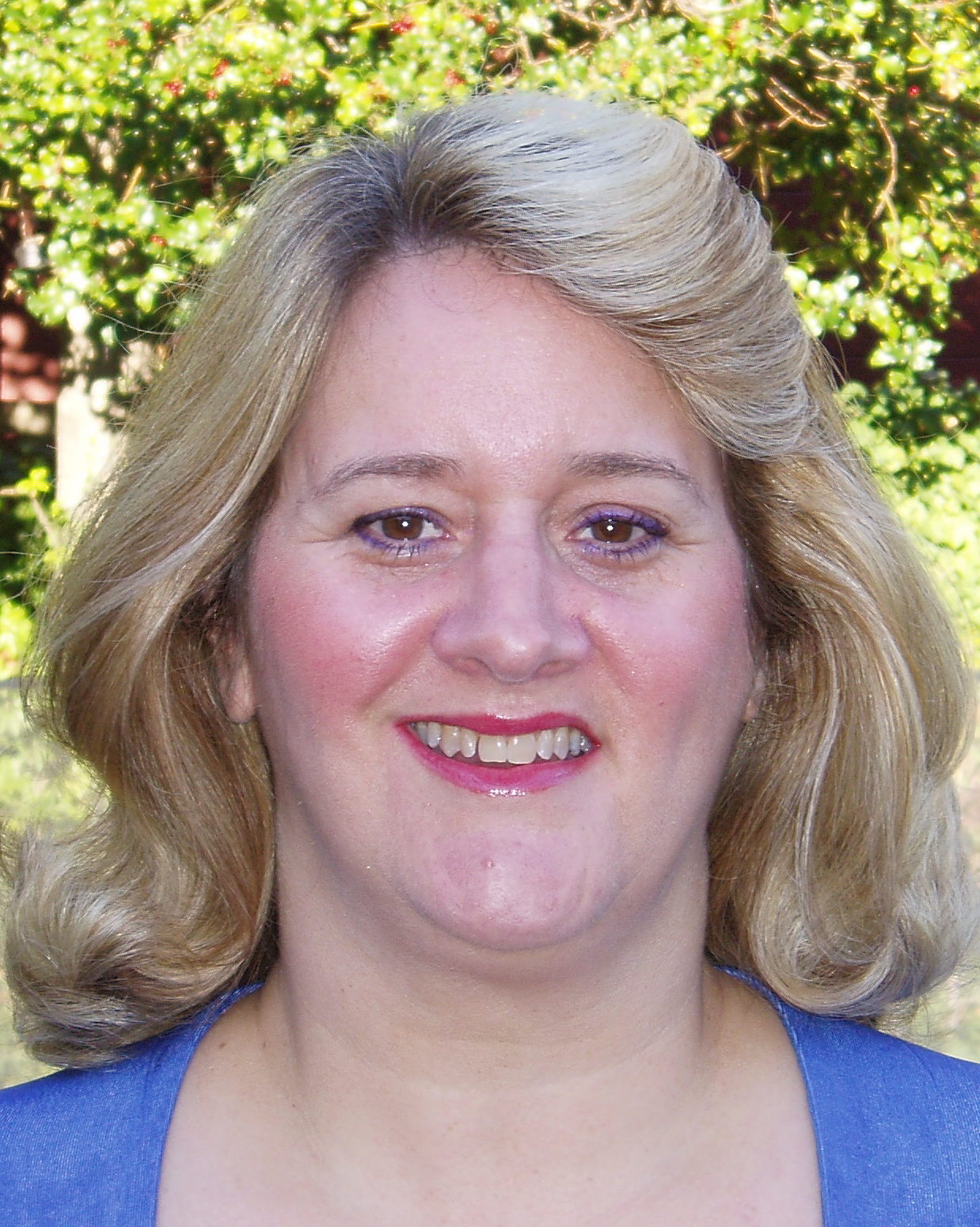
Karen Rosa
There has been similar confusion in San Lorenzo, says Rosa. “They did not have a plan for who would oversee the COVID-19 reporting email system, the contact tracing, or reporting to the county health department. They thought the nurses would continue to do the work this year. They didn’t anticipate that the nurses would have to take care of students and attend IEPs.”
Teachers in San Lorenzo are concerned that siblings of exposed students who attend the same school are not sent home to quarantine. “The district said the positive case notification is ‘confidential’ and that teachers should not be talking to one another about the students and discovering if there are siblings,” says Rosa.

“We’ve had entire classrooms quarantined [and temporarily] go back to virtual instruction. The additional hours teachers put in to create packets of work and make themselves available is just overwhelming.”
—Laura Finco, president of San Ramon Valley Education Association
Delta surge creates virtual surge
Due to safety concerns, increasing numbers of families have opted for online learning in existing or newly created virtual schools in their districts, which has presented challenges.
Rosa in San Lorenzo says, “Large numbers of students have opted to enroll in independent study with remote learning. This is unprecedented, and it is decimating some school communities, causing classes collapsing, transfers and reassignments of teachers and students.”
Binning Chevlin of Murrieta says there has been a larger than expected enrollment in virtual classrooms, resulting in a need to fill teaching spots.
“This has also impacted the virtual site, because we have run out of classrooms and teachers are required to share a room with another virtual teacher.”
Laura Finco, president of San Ramon Valley Education Association in Contra Costa County, says that as more students have moved to the district’s virtual academy, it has been chaotic with “many more combination classes all around and collapsing classes.”
In Capistrano, few parents wanted to transfer their students from in-person to online learning. “Our district did a survey in summer to find out exact numbers of students that would choose to stay online this year, and we were looking at ways to provide them an option, but it turned out that only 300 people out of 47,000 were interested,” says Schnapper.
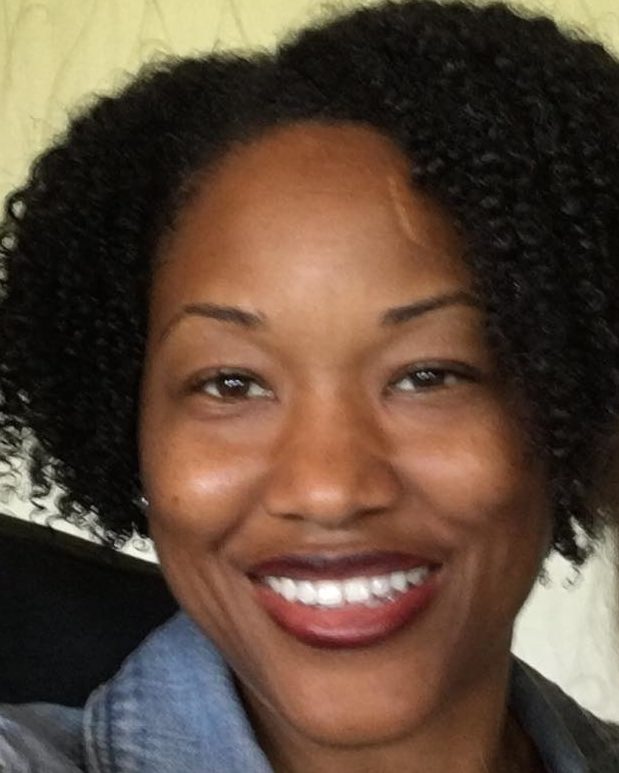
“Educators are working after school to offer support and/or reteach content [to quarantining students]. We are also attempting to have the normalcy of in-person instruction.”
—Temisha Brame Carter, president of Centinela Valley Secondary Teachers Association
Staffing shortages felt
California has long had a teacher shortage, but the problem has worsened since the pandemic began. And a law requiring schools to provide independent study for quarantining students has increased staffing needs at many sites.
“Not only has the number of teacher candidates declined during the pandemic, but the state also has seen an increase in the number of teachers retiring,” reports EdSource. “California school districts, already struggling to find enough teachers for classrooms, are facing a substitute shortage so severe that officials at smaller districts fear temporary school closures.”
Among those cited as suffering in EdSource’s September report are rural districts located in Lake County, Nevada County and Tulare County.
Berlin says her urban San Jose district is also impacted.
“We are struggling with a lack of subs for certificated and classified staff. Our sub calls sometimes remain unfilled, and we end up using our TOSAs [teachers on special assignment] and administrators to sub in classes, thus overworking them. Our classrooms are not being cleaned as often as we need them to be cleaned due to a custodian shortage. It’s a year of putting out one fire and then heading to the next fire.”
Fresno Unified is frantic for subs and clerical workers, including bus drivers, nutrition services workers and office staff.
“It’s been a herculean effort to get substitutes to fill any vacancies,” said FUSD communications officer Nikki Henry in an ABC News report. “We have unfilled vacancies every day.”

Centinela Valley Secondary TA leaders, left to right: Daniel Swearigen,
Phyliss Buchanan, Temisha Brame Carter, Crystal Thayer, Lorraine Parsons,
Jennifer Llanares, Race Headen, Eric Sanders, Ruth Cebreros.
MOUs ensure safety
A memorandum of understanding between a union and a school district is the best way to ensure safety measures are enforced. But it’s not always easy.
“Our MOU is in progress,” says Brame Carter of Centinela. “Our challenges have stemmed from delays in communication and/or effective interpretation of communication pertaining to COVID.”
Finco says her chapter’s MOU with the district has a provision for extended COVID sick leave to be paid by the district to any fully vaccinated educator who has had to take leave due to COVID exposure or illness.
“Last year we had some of the most amazing MOUs in place,” says Schnapper. “We worked long and hard to make sure our teachers were protected, and we provided many options for them to teach in a variety of ways.”
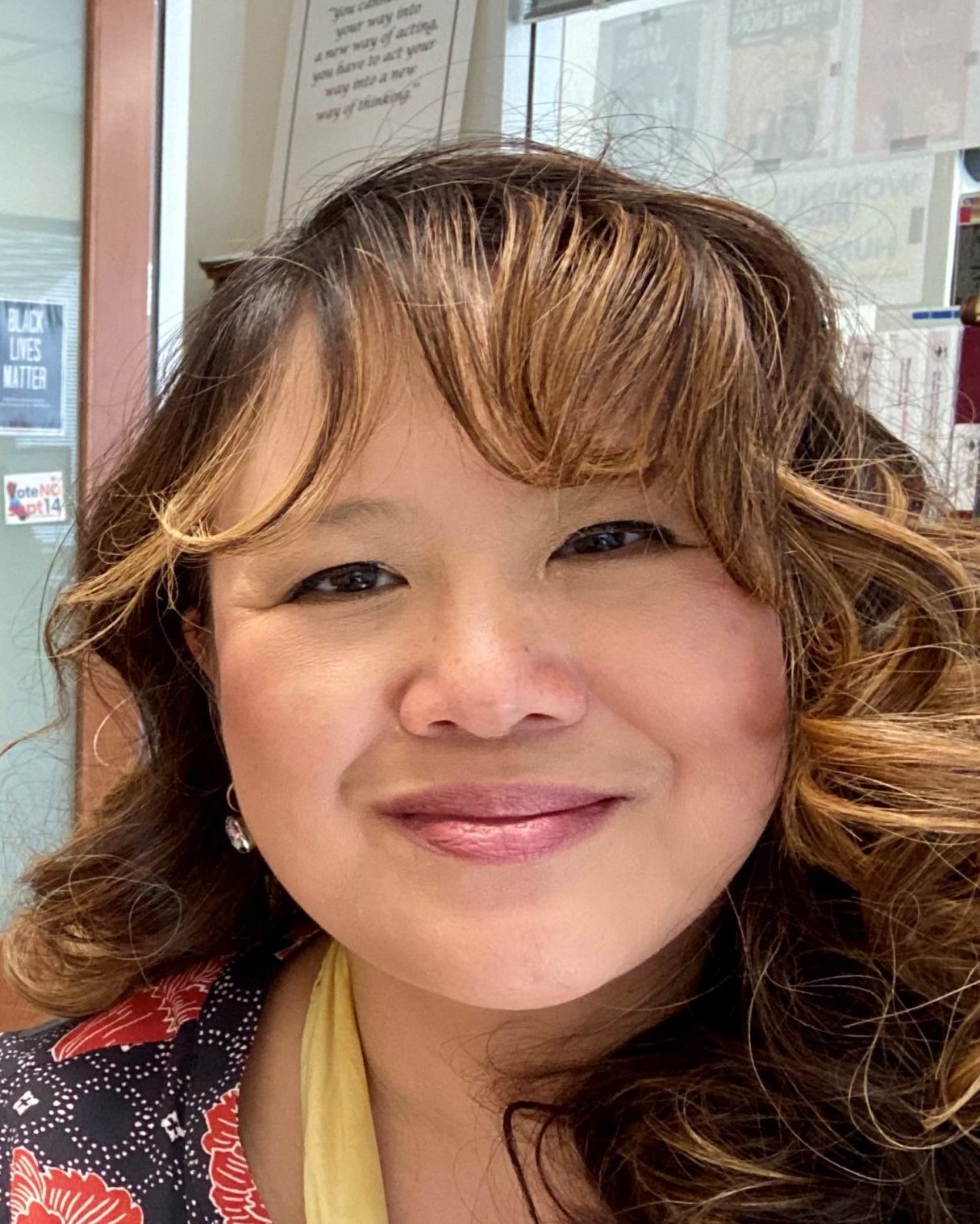
Maripaz Berlin
“Yes, we agreed on a safety MOU,” says Berlin. “It is important that we follow the current state guidelines. We have cleaning protocols, ventilation and air filtration protocols, limit visitors on campus, and limit in-person staff meetings to 1.5 hours per month with the rest virtual.”
School is back in session, but it’s hardly business as usual, says Berlin, with masking, testing, monitoring students for symptoms, reporting COVID cases, and making sure quarantined students don’t fall behind.
“It isn’t the back-to-school that some of us imagined,” says Berlin. “COVID is ever-present and looming. It’s taking a toll on all of us, physically, mentally and emotionally. But educators continue teaching, counseling, having meetings and grading. Just how much have we been affected? We won’t know until we can finally put some distance between us and the virus.”
The Discussion 0 comments Post a Comment